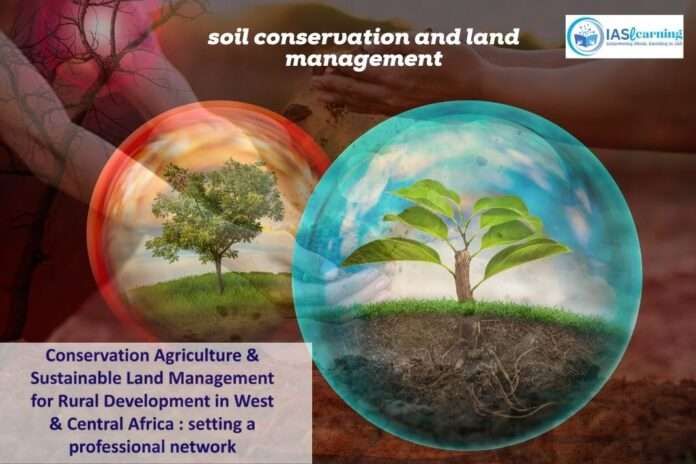Table of Contents
Introduction
Understanding the Vital Role of Soil
Soil, often overlooked, is the foundation of life on Earth. It’s not just dirt; it’s a complex ecosystem teeming with microorganisms, nutrients, and organic matter. Soil plays a vital role in providing food, clean water, and a stable environment for plants, animals, and humans alike. However, the sustainability of our planet’s lifeblood is at risk due to soil erosion, pollution, and mismanagement.
Soil Erosion: A Silent Threat
The Causes of Soil Erosion
Soil erosion is the gradual removal of topsoil, often accelerated by natural forces such as wind and water. Human activities, like deforestation and improper farming practices, exacerbate this phenomenon. Without adequate protection, fertile soil can vanish in a matter of years.
Consequences of Soil Erosion
The consequences of soil erosion are far-reaching. It leads to decreased agricultural productivity, increased sedimentation in water bodies, and the loss of biodiversity. Moreover, it can result in landslides and floods, posing significant threats to human settlements.
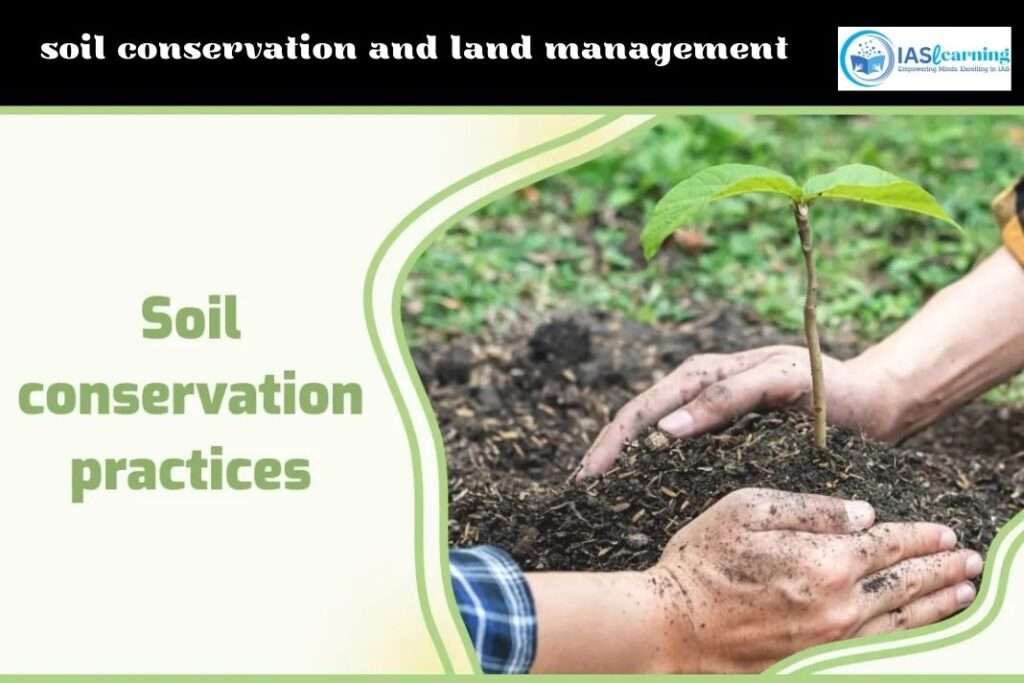
Soil Conservation Techniques
Terracing: Nature’s Staircase
Terracing involves creating level platforms on hilly terrain, resembling a staircase. This method reduces soil erosion by slowing down water runoff, allowing it to percolate into the soil. Terraces also provide flat surfaces for cultivation, maximizing land use.
Crop Rotation: Nature’s Diversity
Crop rotation is a time-tested technique where different crops are planted in sequence on the same land. It prevents soil nutrient depletion, reduces pest infestations, and enhances soil structure. The diversity of crops also promotes a healthier ecosystem.
Cover Cropping: Nature’s Blanket
Cover cropping involves planting specific crops to cover the soil during the off-season. These cover crops protect the soil from erosion, improve its fertility, and suppress weeds. They are like a natural blanket that keeps the soil warm and secure.
Land Management Strategies
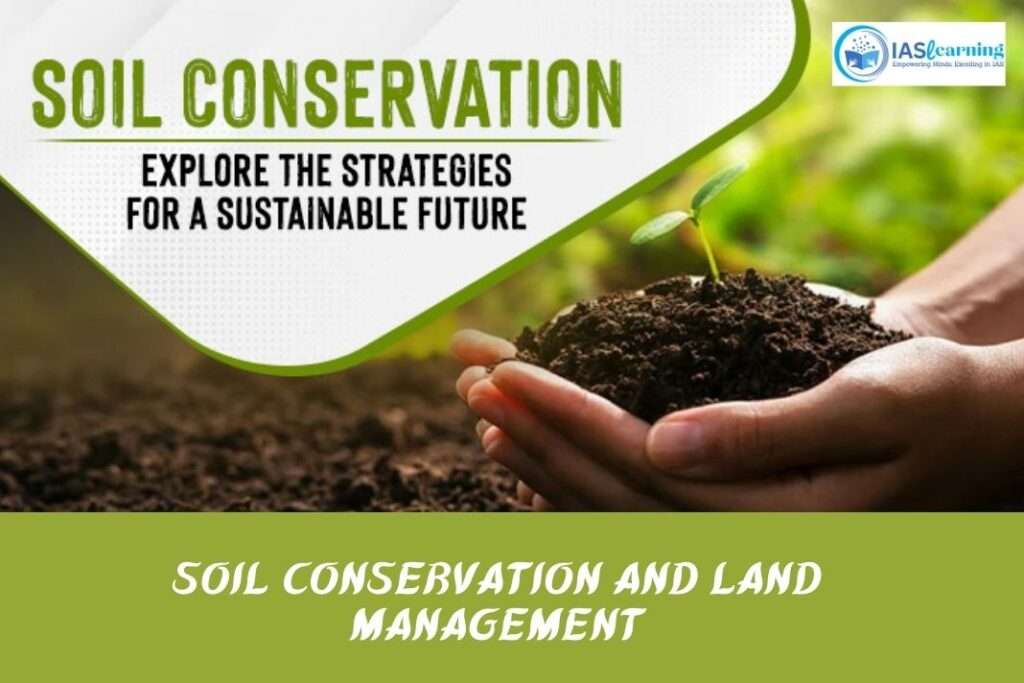
Sustainable Agriculture Practices
Sustainable agriculture focuses on practices that maintain or improve soil health while ensuring long-term productivity. This approach includes minimizing chemical use, conserving water, and promoting biodiversity.
Reforestation: Breathing Life into Barren Lands
Reforestation involves planting trees on deforested or degraded lands. Trees stabilize soil, reduce erosion, and absorb carbon dioxide, making them a crucial component of land management efforts.
Urban Planning for Green Spaces
Urban areas are not exempt from land management considerations. Green spaces, parks, and sustainable landscaping can improve soil health in cities while providing recreational benefits to residents.
The Role of Technology in Land Management
GIS and Precision Agriculture
Geographic Information Systems (GIS) and precision agriculture technologies enable farmers to make data-driven decisions. They help optimize resource use, reduce waste, and minimize environmental impact.
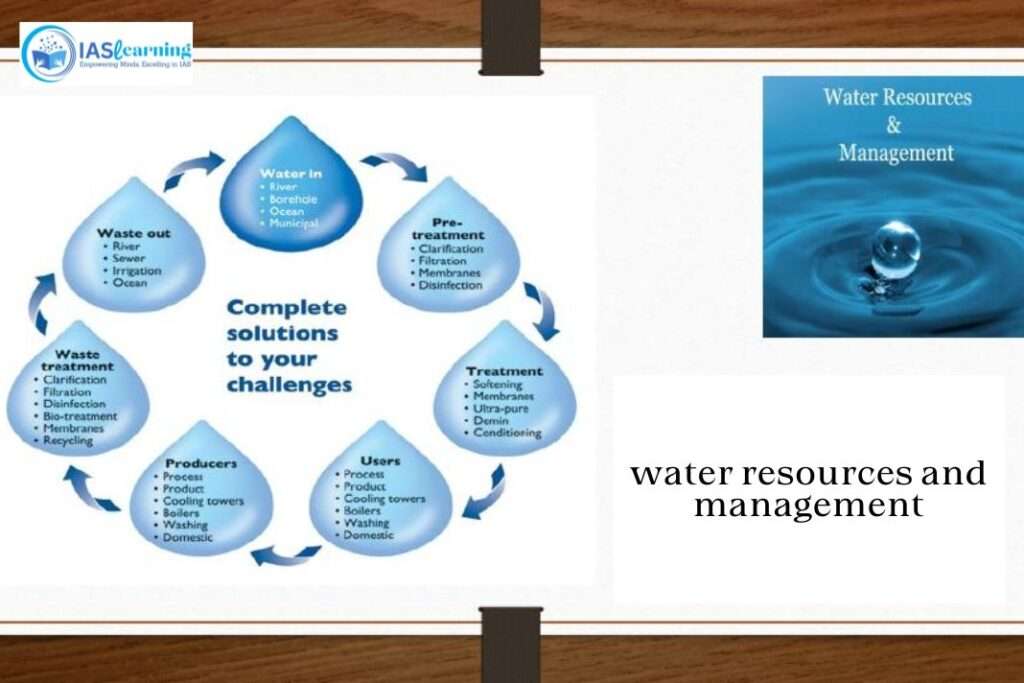
Monitoring Soil Health with Sensors
Sensors can assess soil moisture, nutrient levels, and temperature in real-time. This information allows farmers to apply resources more efficiently, conserving both soil and inputs.
Challenges in Soil Conservation and Land Management
Balancing Agriculture and Conservation
Finding the right balance between agricultural production and environmental protection can be challenging. However, it is essential to develop sustainable practices that benefit both.
Climate Change: An Ever-Present Challenge
Climate change introduces uncertainty into land management. Rising temperatures and shifting weather patterns require adaptive strategies to maintain soil health and productivity.
Global Initiatives and Organizations
United Nations’ Sustainable Development Goals
The United Nations has recognized the importance of soil conservation in its Sustainable Development Goals. These global initiatives aim to combat soil degradation and promote responsible land management.
World Soil Day: A Call to Action
World Soil Day, celebrated on December 5th, raises awareness about the significance of soil. It serves as a reminder of our collective responsibility to protect this invaluable resource.
Local Success Stories
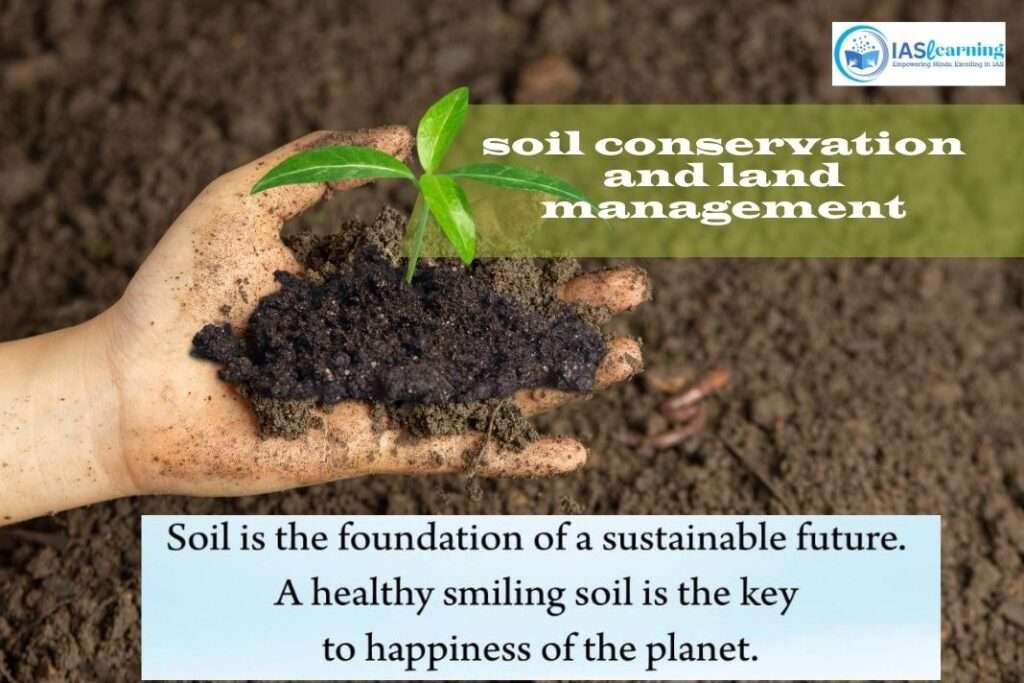
The Loess Plateau in China
China’s Loess Plateau faced severe soil erosion until large-scale restoration efforts were initiated. These efforts involved tree planting, terracing, and community engagement, resulting in remarkable improvements in soil health.
The Green Belt Project in Kenya
The Green Belt Project, founded by Nobel laureate Wangari Maathai, has planted millions of trees in Kenya. This project not only combats deforestation but also empowers local communities and improves soil quality.
Educating the Next Generation
The Importance of Environmental Education
To ensure a sustainable future, it’s crucial to educate the next generation about soil conservation and land management. Environmental education programs instill a sense of responsibility and stewardship in young minds.
Inspiring Young Stewards of the Earth
Engaging children in hands-on activities, like planting trees and tending to gardens, can inspire a lifelong commitment to environmental conservation.
Soil Conservation at Home
Composting: Turning Waste into Gold
Composting is a simple yet effective way to improve soil health at home. It reduces waste, enriches soil with nutrients, and reduces the need for chemical fertilizers.
Rain Gardens: Nature’s Filter
Rain gardens are designed to capture and filter stormwater runoff. They not only prevent soil erosion but also support native plant growth and provide habitat for wildlife.
Conclusion
Our Shared Responsibility
Soil conservation and land management are not mere environmental concepts but responsibilities we all share. Whether on a global scale or in our own backyards, every effort counts. By adopting sustainable practices, harnessing technology, and educating future generations, we can ensure that the Earth’s lifeblood, its soil, remains healthy and resilient for generations to come.
FAQs
- What is the primary cause of soil erosion? Soil erosion is primarily caused by natural forces such as wind and water, but human activities like deforestation and improper farming practices can exacerbate it.
- How can urban planning contribute to soil conservation? Urban planning that incorporates green spaces, parks, and sustainable landscaping can improve soil health in cities while providing recreational benefits to residents.
- Are there any natural solutions to soil conservation? Yes, natural solutions like terracing, crop rotation, and cover cropping can effectively conserve soil and improve its health.
- What role do local communities play in land management? Local communities can actively participate in land management through tree planting initiatives, soil conservation projects, and sustainable agriculture practices.
- How can individuals contribute to soil conservation? Individuals can contribute by composting, planting trees, and creating rain gardens at home. These actions improve soil health and reduce environmental impact


